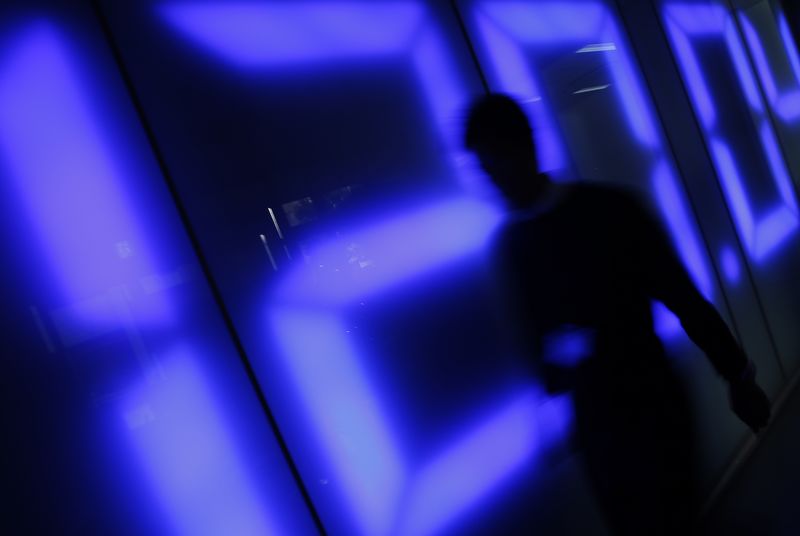By Wayne Cole
SYDNEY, March 13 (Reuters) - The Australian and New Zealand dollars lay bloodied at 11-year lows on Friday as panicked investors fled risk in all forms and dumped currencies with exposure to global trade or commodities.
As the spread of the coronavirus disrupts travel worldwide and almost shuts down some countries, markets have increasingly priced in the inevitability of a global recession.
Rate cuts and liquidity injections by central banks have failed to calm the mood, as have pledges of fiscal stimulus by many governments.
That has led to a rush to ensure U.S. dollar funding as the world's most liquid currency with the deepest debt markets.
"The exit from risk assets has seen an increase in demand for U.S. dollars, and wild moves in currencies," said Rodrigo Catril, a senior FX strategist at NAB.
"We are certainly in the midst of a severe global downturn and more drastic policy action should be expected," he added. "Risk and growth sensitive currencies such as the AUD and NZD have room to trade lower. For the AUD, a move sub $0.6000 can no longer be ruled out."
The Aussie AUD=D3 seemed to be heading there in a hurry having shed 3.9% overnight in the largest one-day drop since mid-2010. It traded as low as $0.62145 at one point, depths last visited in late 2008.
It was last hanging on grimly at $0.6295, with the next major bear targets being troughs from October and November 2008 at $0.6075 and $0.6007.
The kiwi dollar was huddled at $0.6133 NZD=D3 having lost 2.8% overnight in the largest daily drop since 2015. It has some support at $0.6075 and around $0.6000.
The crash in equity markets - the local index has shed 20% so far this week - utterly overshadowed the Australian government's launch of a major stimulus package on Thursday aimed at dodging the first recession since 1991.
George Tharenou, an economist at UBS, fears the package will still not be enough for Australia to avoid a contraction in economic activity in both the first and second quarters - the technical definition of recession.
As a result, he expects the Reserve Bank of Australia (RBA) to cut rates another quarter point to 0.25% in April, and then shift to quantitative easing.
"The RBA would initially use stronger forward guidance and target bond yields, rather than a set dollar level of bond purchases," he added.
"We have long been very dovish, expecting Australian bond yields to fall to just 0.5%. We now expect yields to stay 'lower for even longer'."
Yields on 10-year bonds AU10YT=RR did get as low as 0.555% early in the week, but have since risen back to 0.83% amid talk stressed investors globally were having to sell profitable assets to raise the cash to cover losses elsewhere.
Three-year bond futures YTTc1 eased 4.5 ticks on Friday to 99.565, just off an all-time peak of 99.675. (Editing by Shri Navaratnam)
